English style IPAs do not currently reflect the original style, as they have a lower alcohol content (5-7%) and the hoppiness has been toned down. Relative to the American style, English style IPAs have a mildly fruity flavor with a balance between malt and hops. As you might guess, these characteristics arise from the use of English hops varieties and yeast strains! The IBUs (International Bittering Units) on a typical English style IPA run between 35-65 IBU.
American style IPAs, on the other hand, are the product of hop-loving American craft brewers, and run between 50-70 IBU—but there are many American beers called IPAs that run far higher than 70 IBU! You have likely heard of Stone Brewing from San Diego, whose hoppiest IPAs are sold without an IBU rating. These are likely Double/Imperial IPAs. American style IPAs tend to showcase the hop flavor alone, and can have a wide range of flavors, from floral to piney. They tend to have a slightly higher ABV content, ranging from 6.3-7.5%, and have been one of the most popular craft beer sellers in the US for many years.
Double, or Imperial, IPAs jump right up the ABV scale, to 7.5-10.5%. Not only do they have higher alcohol content than the other two types, but also in IBUs—these typically have 65-100 IBUs! This style highlights the freshness and intensity of the hops used, and are like a concentrated version of American style IPAs. Double/Imperial IPAs can be a bit strong for those who are not big fans of hops, and the biggest fans of this style often point out that hops are “addictive” by nature—even if science disagrees.



